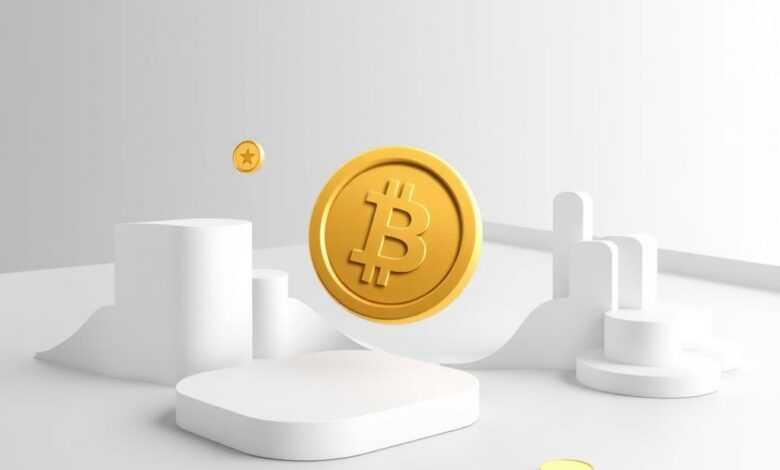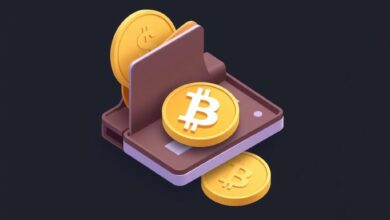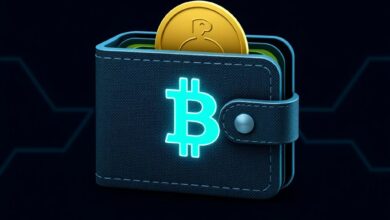How to withdraw crypto to fiat currency

To seamlessly transfer your digital assets to traditional currency, initiate a transaction through a reputable exchange. Select a platform that allows direct withdrawals to your bank account, ensuring minimal fees and optimal rates.
Research different exchanges to find the one that best suits your needs. Look for user-friendly interfaces and strong security measures. Prioritize platforms that have a history of reliability and positive user feedback.
Once you’ve chosen an exchange, create an account and complete the necessary verification steps. After your identity is confirmed, you can deposit your crypto holdings into the exchange wallet. This step is crucial for executing trades efficiently.
After depositing, monitor market trends closely before making the actual swap. Timing can significantly affect your returns. Once you’re satisfied with the rate, proceed to execute the trade and select the option to withdraw funds directly to your bank account.
Remember, each platform has its own processing times for transactions, so plan accordingly. With careful selection and timely action, accessing your funds from cryptocurrencies will be straightforward and hassle-free.
Select the Right Exchange
Choosing a suitable platform is critical for successful transactions from digital assets to traditional currency. Here are key factors to consider:
- Reputation: Research user reviews and ratings. A trustworthy exchange should have a solid history of security and customer satisfaction.
- Fees: Analyze withdrawal fees, trading costs, and any hidden charges. Select an exchange with transparent pricing structures.
- Supported Assets: Ensure the platform supports your specific digital currencies. Some exchanges may only handle major coins while others offer a wider variety.
- User Experience: Choose an interface that is intuitive and easy to navigate. This will streamline the process of selling your assets.
- Liquidity: Opt for exchanges with high trading volumes. Increased liquidity can lead to better prices when liquidating your holdings.
- Withdrawal Options: Confirm available methods for transferring funds to your bank account. Whether via wire transfer or other means, flexibility is key.
The right exchange can significantly influence the efficiency of converting your digital wealth into fiat money. Make informed choices based on these criteria for optimal results.
Understand Withdrawal Fees
Analyze withdrawal fees before initiating transactions. These charges can significantly impact the amount of fiat received from your crypto assets.
Different exchanges implement varying fee structures. It’s crucial to compare these costs across platforms to maximize your returns. Consider both fixed and percentage-based fees, as they can affect larger withdrawals differently.
Select an exchange with favorable terms that align with your withdrawal volume. Some platforms may offer lower fees for specific payment methods, such as bank transfers versus credit card withdrawals.
Before executing a transaction, ensure you verify the current rates and any additional hidden costs associated with transferring funds to your bank account. This diligence helps avoid surprises and ensures a smoother financial experience.
Link Your Bank Account
To streamline the process of turning your digital assets into traditional currency, connect your bank account directly to the trading platform. This allows for quicker transactions when you wish to withdraw funds. Ensure that you provide accurate bank details to avoid delays.
Most exchanges will require verification of your identity and bank account ownership. Be prepared to upload documents such as a government-issued ID and a bank statement. This step is crucial for compliance with regulations and enhances security during transactions.
After linking your account, familiarize yourself with the withdrawal process on the exchange. Each platform has its own method for transferring funds, whether it’s through ACH transfers or wire services. Check the estimated timeframes for each method; some may take longer than others.
Keep an eye on transaction limits set by the exchange. Many platforms have daily or monthly caps on withdrawals, so plan accordingly if you need to transfer large amounts at once.
Lastly, review any applicable fees associated with withdrawing funds to ensure you’re aware of how much you’ll receive in fiat after completing a transaction. Being informed about these aspects will enhance your overall experience in managing your finances.
Choose Cashout Method
Select a cashout method that aligns with your needs and preferences. Bank transfers are the most common option, providing a secure way to withdraw funds directly into your account. Ensure the exchange supports this method to facilitate smooth transactions.
If speed is a priority, consider using e-wallets like PayPal or Skrill. These platforms often allow for quicker access to funds, although fees may vary compared to traditional bank withdrawals.
For those looking to receive physical currency, ATMs that support crypto withdrawals can be a convenient choice. Find a nearby machine that accepts your chosen asset and verify transaction limits beforehand.
Additionally, peer-to-peer platforms offer an alternative route; you can sell directly to another user and receive fiat in various forms. Review the platform’s reputation and transaction security before proceeding.
Each method has its advantages and drawbacks regarding processing times, fees, and accessibility. Evaluate these factors carefully to determine which option suits your financial strategy best.
Secure Your Transactions
Enable two-factor authentication (2FA) on your exchange account. This adds an extra layer of security by requiring a second form of identification beyond just your password.
Use strong, unique passwords for your accounts. A combination of letters, numbers, and symbols will help protect against unauthorized access.
Regularly update your software. Ensure that your wallet and any associated applications are running the latest versions to minimize vulnerabilities.
Monitor transaction notifications. Set up alerts for any activity on your accounts to detect any unauthorized actions promptly.
Avoid public Wi-Fi networks when performing transactions. Use a secure, private connection to prevent potential interception of sensitive information.
Check exchange security measures. Research the platform’s history regarding hacks or breaches before engaging in any financial exchanges.
Utilize cold storage solutions. For long-term holdings, keep assets offline to reduce exposure to online threats.
Be cautious with links and emails. Phishing attempts can compromise your information; always verify sources before clicking on links related to transactions or account management.
Educate yourself about scams. Stay informed about common fraudulent schemes in the industry to protect yourself from falling victim to deceitful practices.







